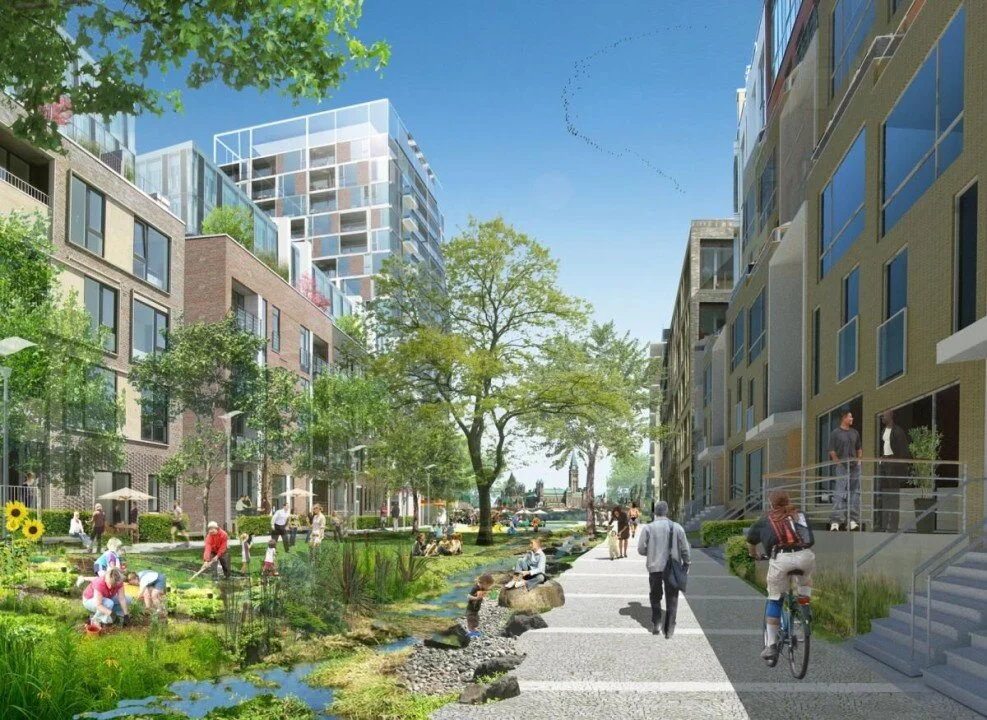Housing Instability and Health Impacts: The Role of Affordable Housing in the Pandemic
Affordable housing is a necessity now more than ever before. COVID-19 and the economic crisis have caused higher cost burdens and further housing instability for low-income families across the U.S.
When households struggle to pay the rent, they not only face financial insecurity, but also higher risk for a variety of negative health outcomes. They often have to choose between paying rent and paying for medical and other essentials. This leads to higher prescription-drug non-adherence, poorer overall health, and lower food security. The negative health impacts of unaffordable housing are particularly pronounced in people with disabilities and senior renters who are more likely to have extremely low incomes.
Black, Native American, and Hispanic households are more likely than white households to be extremely low-income renters and be cost-burdened. These communities also have higher rates of chronic heart disease, diabetes, and lung disease, putting them at higher risk of contracting coronavirus. Together with seniors and people with disabilities, these communities exhibit higher mortality rates from Covid-19.
Financial stress is also particularly high for communities of color. The unemployment crisis caused by the pandemic has a disproportionately greater impact on people of color. Businesses in retail and hospitality employed a high percentage of minorities in low wage jobs and have been hard hit as shutdowns occurred across the country. Many of these low-wage workers were laid off and have not yet returned to full employment as local economies phase in their reopening.
Pandemic Planning in Affordable Housing
Owners and operators of affordable housing provide housing for at-risk resident populations. Creating a pandemic plan and identifying key property-related team members to implement the plan is a critical first step.
Key components of a plan to reopen affordable housing communities should include:
Securing the health and well-being of staff and confirming the availability of vendors, critical resources, and supplies,
Maintaining business operations,
Tracking CDC, WHO and other health agencies as well as local municipalities and national requirements and guidance on COVID-19,
Assessing health and wellness of current residents and designing protocols for outbreaks, quarantines, or medical emergencies,
Identifying operational vulnerabilities and planning for maintenance and repairs,
Communicating clearly and transparently with employees, residents, and service providers,
Involving stakeholders in pandemic planning,
Setting cleaning and sanitizing regimens,
Adding signage and markings for social distancing,
Staging the reopening of community amenities,
Determining how to conduct property tours, lease documentation and move-ins and move-outs safely,
Accessing technology solutions, where possible,
Understanding legal considerations and responsibilities to residents and other stakeholders, and
Maintaining flexibility in planning and adjusting, as necessary.
The need for affordable housing is heightened by this crisis, but there was a shortage before COVID-19 began to spread. Affordable housing helps improve personal financial security and can positively affect the health of residents. We are learning from this pandemic that the health of low-wage populations directly impact the economic health of the whole community. Simply put, the benefits of affordable housing extend beyond its occupants to the community at large.
This high and growing demand for affordable housing won’t slow anytime soon. But, to expand and preserve the inventory of affordable units, capital is needed.
Next, we’ll consider financing alternatives for affordable housing communities.
To see this principle in action, be sure to check out Seneca Communities and our work at senecacommunities.com

